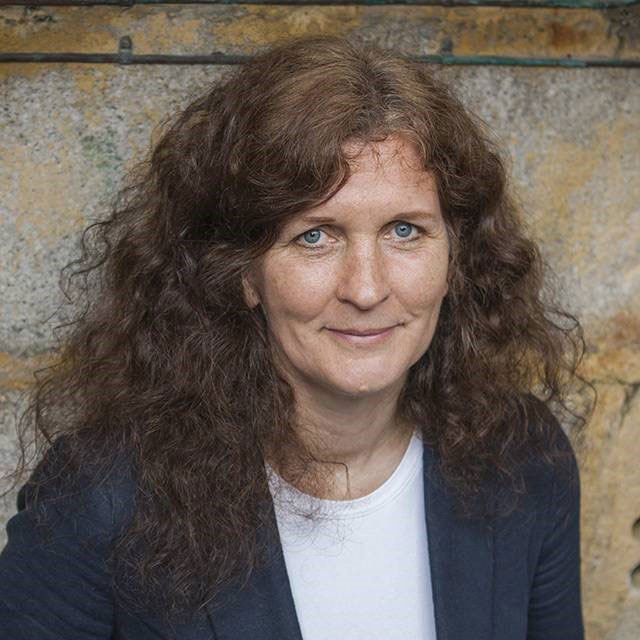
This blog post was written by Prof Alison Raby for the EPSRC.
Picture yourself in a 150-year-old lighthouse on a rock outcrop miles from dry land during a force nine gale. You’re sitting in a small kitchen 30 metres above cauldron-like waves that occasionally rear up and smash against the tower, causing the crockery in the cupboards to rattle. Welcome to the world of a 21st-century Lighthouse Engineer!
You won’t be on station to keep the lights on, as the lighthouses have all become automated in recent decades. Instead, as maintenance crew, you’ll be staying for up to two weeks to look after anything from the central heating that keeps damp from the structure, to the sophisticated communication systems operating around the clock to keep mariners safe.
Longing for winter storms
Trinity House, a charity and statutory General Lighthouse Authority dedicated to protecting shipping and seafarers, approached us at the University of Plymouth in 2011 to join in research on these rock lighthouses. Trinity House was getting disturbing accounts from engineers on station during storms, and were concerned that the situation might only worsen with climate change.
The famous Eddystone Lighthouse was the focus of the pilot project, being the closest lighthouse to the university campus. Line-of-site views of the tower meant that we could establish control of our video cameras, linking the incoming waves with the tower vibration recordings.
The team were probably in a minority of people in the south-west of the UK longing for more storms in the winter of 2013/14, with a particular requirement that the storms arrived at high tide and in daylight.
This combination of factors meant that the waves were as big as they could be before breaking, and we could film them in all their glory. Storms Petra and Hercules did not disappoint and we ended the season with about 3,000 impact events to analyse and some preliminary structural modelling.
Not for the faint-hearted
Fast forward to 2016 and EPSRC funded a comprehensive study on lighthouses. We teamed up with the University of Exeter for field-testing and UCL for structural modelling. At Plymouth we kept our focus on the hydrodynamics, using extreme wave analysis, the COAST Laboratory, and Computational Fluid Dynamics (CFD). The two other UK General Lighthouse Authorities (Northern Lighthouse Board and Irish Lights) joined Trinity House, which enabled us to consider the geographically diverse lighthouses of Les Hanois, Wolf Rock, Longships, Bishop Rock, Fastnet, Dubh Artach and back to Eddystone.
Constrained only by aviation rules, the team flew by helicopter in all conditions to conduct vibration tests of these lighthouses. This was not for the faint-hearted: heavy equipment had to be hauled up and down steep spiral staircases (or in some towers only ladders). The work occasionally meant staying overnight, and on one occasion being stranded for the best part of a week when the fog rolled in at Fastnet.
Trouble-shooting equipment problems so remote from the lab poses particular challenges and requires a resourceful character. On two of the lighthouses (Wolf Rock and Fastnet), monitoring equipment has been installed to capture the structural response to extreme storm loads.
Untangling the ‘slamming force’
The structural modelling has moved apace, with vibration data validating the finite and discrete element models. Extreme wave analysis has provided the characteristic load for the models and is revealing some helpful findings about the best approach to represent the real structure behaviour.
Interestingly, a quick tool for structural assessment has been devised which can be applied on all these towers to show how the size and extent of the wave loading affects the stability of the structure. By combining the measurements with the modelling, we also found how the modern helideck structures affect lighthouse vibration characteristics.
In the lab we’re untangling the wave front slamming force, from the more slowly varying component which follows. We’ll combine understanding from these tests with CFD findings to give a fuller picture of wave loading on lighthouses, which may be applicable to other offshore structures like the giant wind turbines currently being deployed in relatively shallow water.
It’s a real privilege to be involved in the latest chapter of these iconic structures, and we hope that insight gained through the project keeps the lighthouse engineers, and the mariners, safe for generations to come.
Leave a Reply